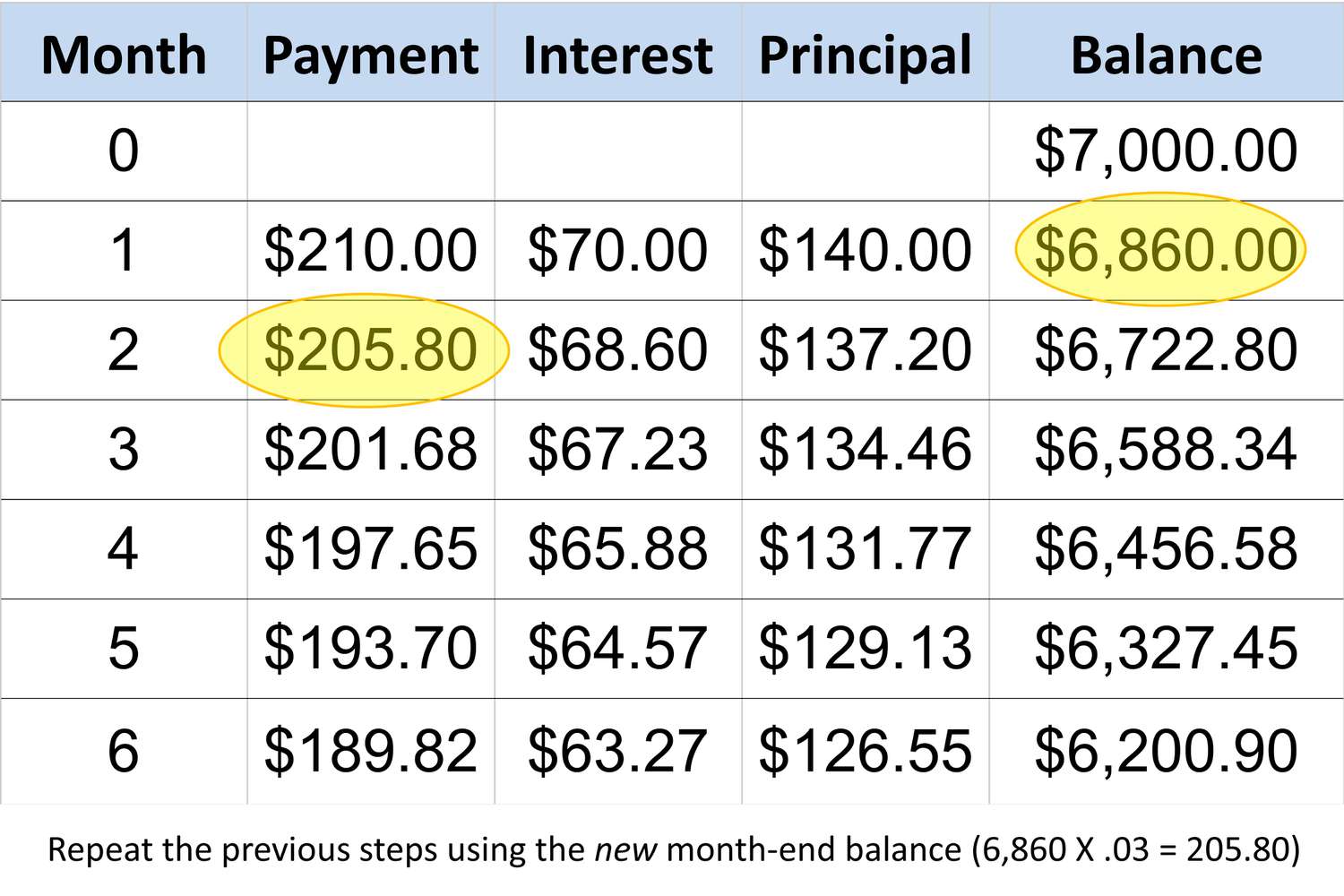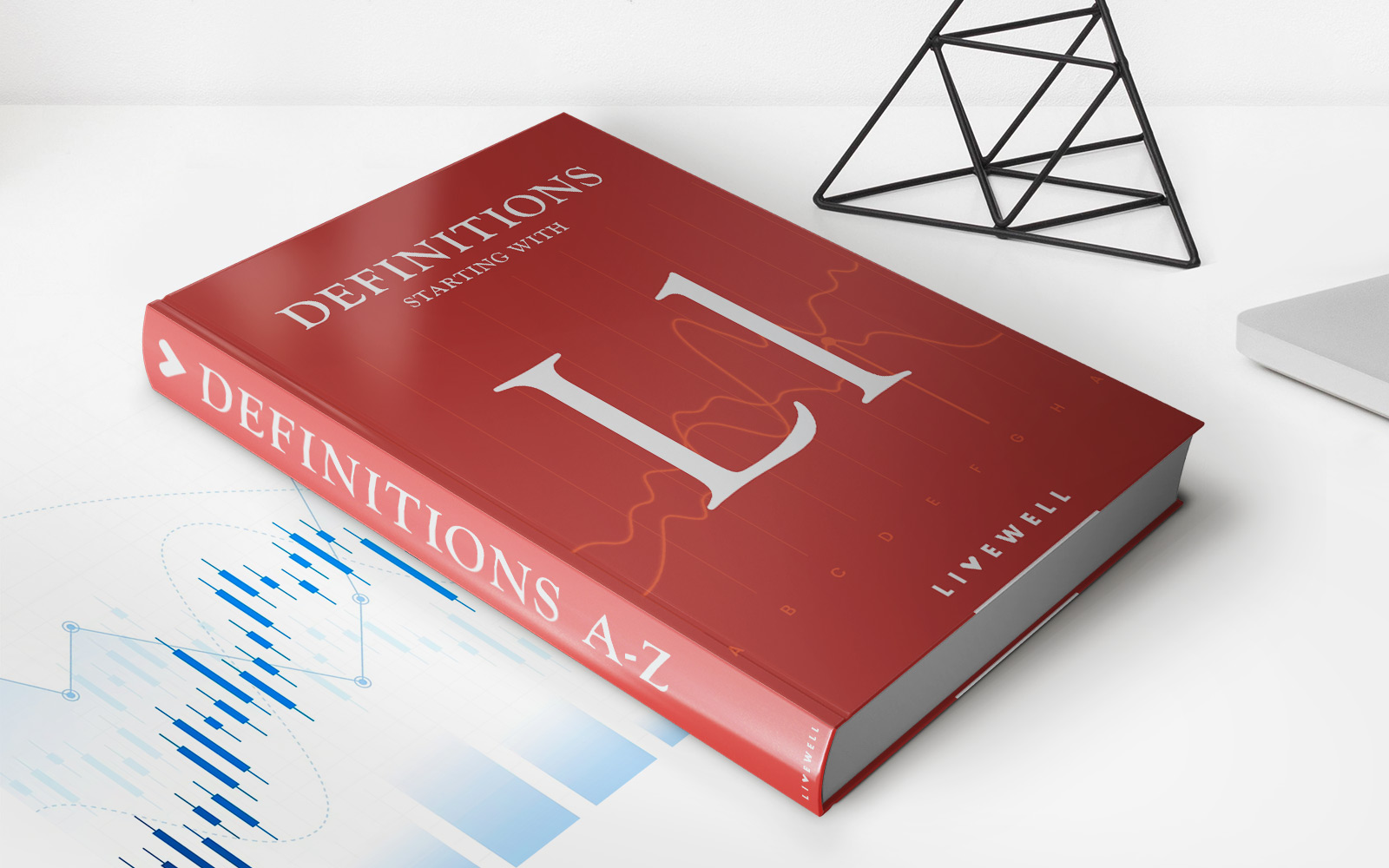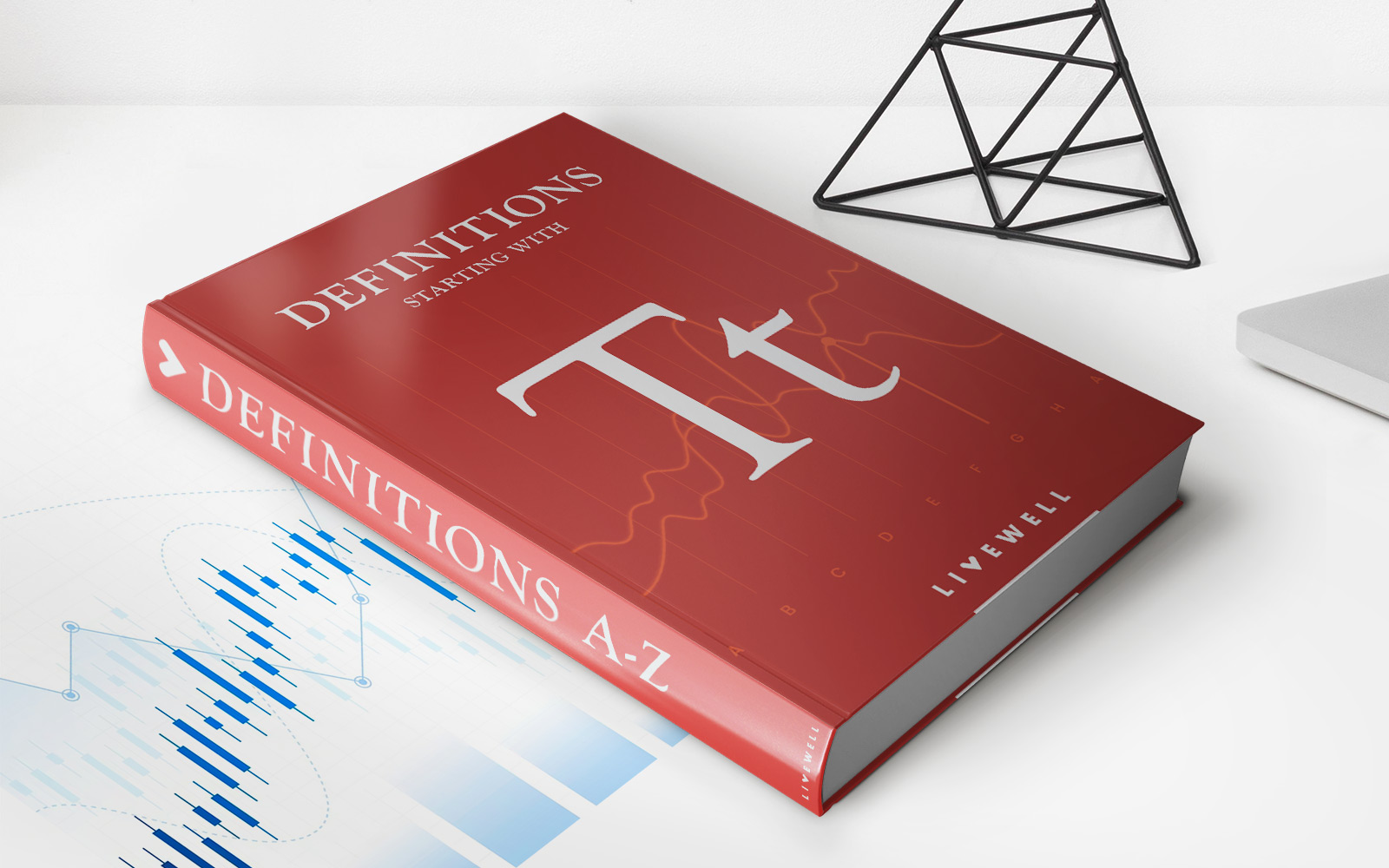

Finance
How Does Paypal Calculate Minimum Payment
Published: February 26, 2024
Learn how PayPal calculates minimum payments and manages finance. Understand the process to optimize your payments and finances.
(Many of the links in this article redirect to a specific reviewed product. Your purchase of these products through affiliate links helps to generate commission for LiveWell, at no extra cost. Learn more)
Table of Contents
Introduction
Understanding the Basics of Minimum Payments
When it comes to managing credit card payments, understanding the concept of minimum payments is crucial. Minimum payments represent the smallest amount a cardholder must pay by a specified due date to keep their account in good standing. While it may seem like a convenient option during financially challenging times, it’s essential to comprehend how these minimum payments are calculated and the potential long-term implications of paying only the minimum each month.
For PayPal users, comprehending the intricacies of minimum payments is particularly important. PayPal, a widely used platform for online transactions, offers credit services through its PayPal Credit and PayPal Cashback Mastercard. Both of these credit options require users to make minimum payments, making it imperative for PayPal customers to have a firm grasp of how these payments are determined.
In this article, we will delve into the factors that affect minimum payments, explore how PayPal calculates these amounts, and provide valuable tips for effectively managing minimum payments to avoid potential financial pitfalls. By gaining a deeper understanding of minimum payments and their impact, PayPal users can navigate their credit obligations more knowledgeably and confidently.
Understanding Minimum Payments
Minimum payments are the smallest amount of money that a credit card holder must pay each month to keep their account in good standing. While paying the minimum can provide temporary relief, it can lead to long-term financial challenges due to accruing interest and extended repayment periods. Understanding the dynamics of minimum payments is essential for responsible credit management.
When it comes to credit card payments, the minimum payment typically consists of a small percentage of the total balance, often around 1-3%, along with any interest and fees accrued during the billing cycle. It’s important to note that paying only the minimum prolongs the time it takes to pay off the balance and increases the total interest paid over the life of the debt.
For PayPal users, minimum payments are a critical aspect of managing PayPal Credit and the PayPal Cashback Mastercard. By comprehending the implications of minimum payments, users can make informed decisions about their credit utilization and repayment strategies. It’s essential to prioritize paying more than the minimum whenever possible to reduce the overall interest and pay off the debt in a timelier manner.
Understanding the significance of making payments beyond the minimum amount is vital for maintaining a healthy credit profile and avoiding excessive interest charges. By gaining insight into the factors that affect minimum payments and the potential consequences of paying only the minimum, PayPal users can navigate their credit responsibilities more effectively.
Factors Affecting Minimum Payments
Several key factors influence the calculation of minimum payments for credit cards, including those offered through PayPal. Understanding these factors can provide valuable insight into the dynamics of minimum payments and their impact on overall credit management.
- Outstanding Balance: The total amount owed on the credit card significantly impacts the minimum payment. As the outstanding balance increases, so does the minimum payment, reflecting a higher amount due to cover the accruing interest and reduce the principal balance.
- Interest Rate: The annual percentage rate (APR) associated with the credit card plays a pivotal role in determining the minimum payment. Higher interest rates lead to greater interest charges, resulting in a higher minimum payment to address the accruing interest and contribute to reducing the balance.
- Fixed Fees and Penalties: Certain credit cards may impose fixed fees or penalties for specific activities, such as late payments or exceeding the credit limit. These additional charges can impact the minimum payment amount, as they contribute to the total amount due for the billing cycle.
- Percentage of Balance: Minimum payments are often calculated as a percentage of the outstanding balance. While this percentage varies among credit card issuers, it typically ranges from 1-3% of the total balance, influencing the minimum payment amount for each billing cycle.
- Regulatory Requirements: Financial regulations and industry standards may stipulate specific guidelines for minimum payments, ensuring that cardholders make meaningful progress toward reducing their balances. These requirements can influence the minimum payment calculation and its alignment with regulatory standards.
For PayPal users utilizing PayPal Credit or the PayPal Cashback Mastercard, these factors collectively contribute to the determination of minimum payments. By recognizing the interplay of outstanding balances, interest rates, fees, and regulatory considerations, users can gain a comprehensive understanding of their minimum payment obligations and make informed decisions regarding their credit management strategies.
By acknowledging the multifaceted nature of minimum payment calculations, PayPal users can proactively address their credit responsibilities, optimize their repayment approaches, and mitigate the long-term financial implications of carrying revolving balances.
How PayPal Calculates Minimum Payments
PayPal employs a specific methodology to calculate minimum payments for its credit offerings, including PayPal Credit and the PayPal Cashback Mastercard. Understanding how these minimum payments are determined can empower users to make informed decisions about their credit utilization and repayment strategies.
When it comes to PayPal Credit, the minimum payment is calculated based on the outstanding balance, any accrued interest, and fees for the billing cycle. PayPal typically sets the minimum payment as a percentage of the total balance, ensuring that users address a portion of the principal amount along with the accruing interest. This percentage may vary depending on the specific terms and conditions associated with the PayPal Credit account.
Additionally, PayPal factors in any fixed fees, penalties, and regulatory requirements when computing the minimum payment, aligning with industry standards and ensuring compliance with financial regulations. By incorporating these elements into the minimum payment calculation, PayPal strives to facilitate responsible credit management while providing users with a clear understanding of their repayment obligations.
For the PayPal Cashback Mastercard, the minimum payment calculation follows a similar approach, considering the outstanding balance, accrued interest, fees, and any regulatory stipulations. The minimum payment is designed to address a portion of the balance and contribute to reducing the overall debt while covering the associated interest charges for the billing cycle.
By transparently outlining the factors that influence minimum payments and the calculation methodology, PayPal enables its users to navigate their credit responsibilities with greater clarity and foresight. Understanding how PayPal calculates minimum payments empowers users to proactively manage their credit obligations, make strategic repayment decisions, and avoid potential pitfalls associated with carrying revolving balances.
By leveraging this knowledge, PayPal users can optimize their credit utilization, prioritize timely and meaningful payments, and work towards financial stability and long-term prosperity.
Tips for Managing Minimum Payments
Effectively managing minimum payments is essential for maintaining financial stability and minimizing the long-term impact of credit card debt. For PayPal users utilizing PayPal Credit or the PayPal Cashback Mastercard, implementing strategic approaches to handle minimum payments can lead to improved credit management and reduced interest costs. Here are valuable tips for managing minimum payments effectively:
- Pay More Than the Minimum: Whenever possible, strive to pay more than the minimum amount due. By allocating additional funds towards your credit card payments, you can accelerate the reduction of your outstanding balance and minimize the accumulation of interest over time.
- Create a Repayment Plan: Develop a structured repayment plan to systematically address your credit card balances. Prioritize paying off higher-interest debt first while consistently meeting or exceeding the minimum payment requirements for all accounts.
- Monitor Your Spending: Keep a close eye on your spending habits and strive to maintain a healthy balance between credit utilization and available funds. Responsible spending can help prevent excessive credit card balances, making it easier to manage minimum payments effectively.
- Utilize Available Resources: Leverage financial management tools and resources offered by PayPal to gain insights into your credit utilization, payment history, and available repayment options. Utilizing these resources can empower you to make informed decisions about managing your minimum payments.
- Seek Financial Guidance: If you encounter challenges in managing minimum payments or credit card debt, consider seeking guidance from financial advisors or credit counseling services. These professionals can provide tailored strategies to address your specific financial circumstances and minimize the impact of credit card debt.
By implementing these tips, PayPal users can navigate their minimum payment obligations more effectively, reduce the long-term costs of carrying credit card balances, and work towards achieving financial freedom and security.
Conclusion
Understanding the intricacies of minimum payments is paramount for PayPal users leveraging credit services such as PayPal Credit and the PayPal Cashback Mastercard. By gaining insight into the factors that influence minimum payments, the calculation methodologies employed by PayPal, and effective strategies for managing minimum payments, users can navigate their credit obligations with confidence and foresight.
While minimum payments offer temporary relief, it’s crucial to recognize their long-term implications. By paying only the minimum, cardholders may face extended repayment periods and increased interest costs, potentially leading to financial strain. Therefore, prioritizing timely and meaningful payments beyond the minimum amount is key to reducing credit card debt and minimizing interest charges.
PayPal’s transparent approach to calculating minimum payments and providing users with valuable resources for credit management underscores its commitment to empowering customers with the knowledge and tools necessary to make informed financial decisions. By leveraging these resources and implementing strategic approaches to handle minimum payments, PayPal users can proactively manage their credit responsibilities and work towards achieving greater financial stability.
Ultimately, responsible credit management, informed decision-making, and proactive repayment strategies can help PayPal users mitigate the long-term impact of credit card debt, reduce interest costs, and pave the way for enhanced financial well-being. By embracing these principles and leveraging the insights provided in this article, PayPal users can navigate their credit journey with confidence, resilience, and a clear path towards long-term financial prosperity.













